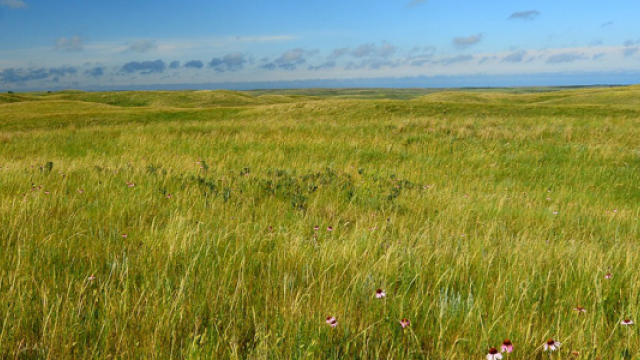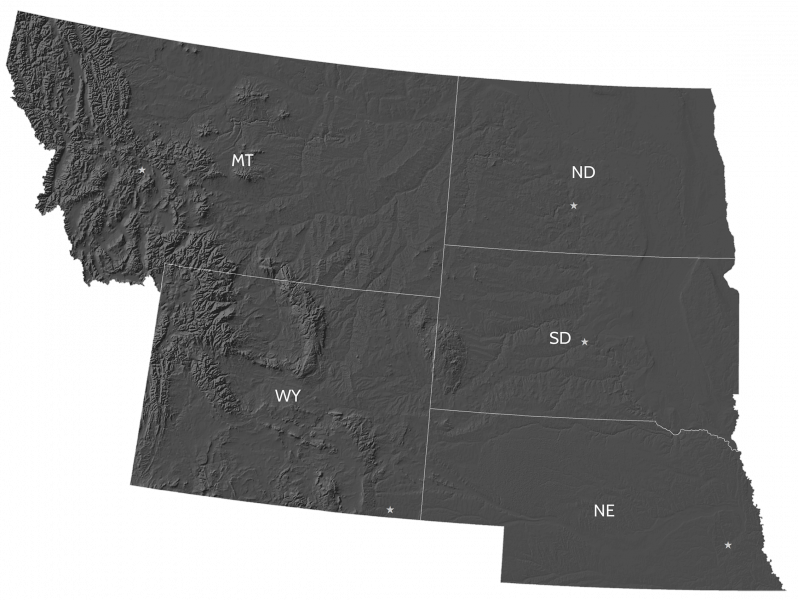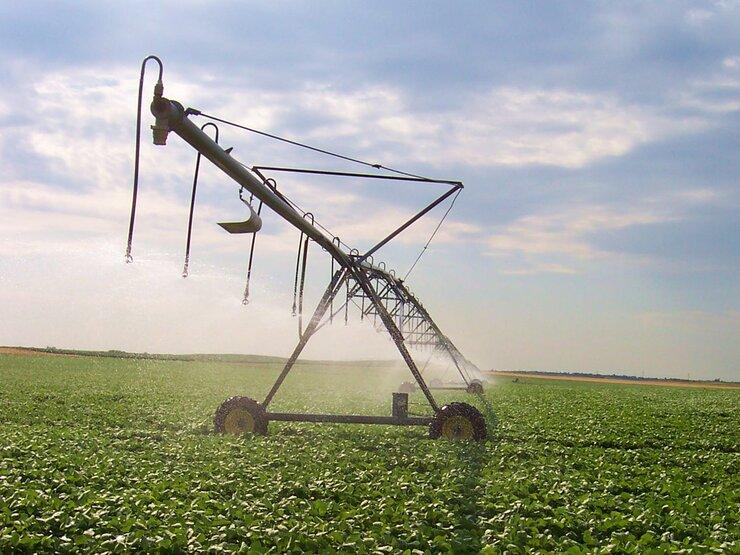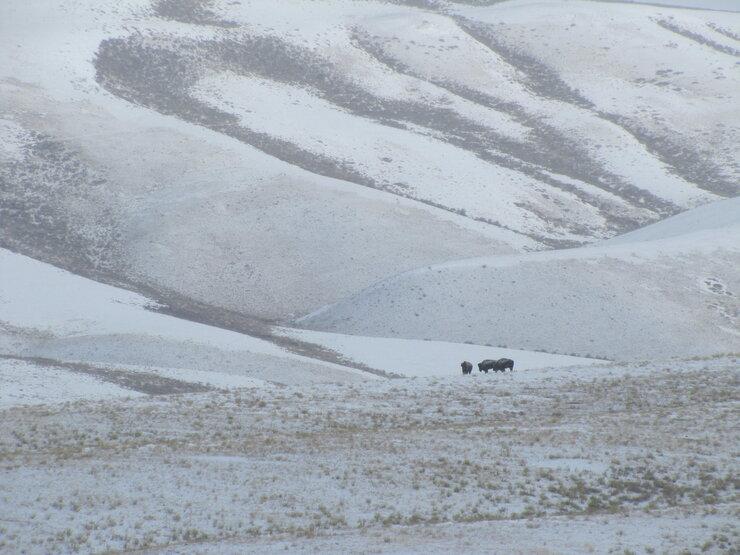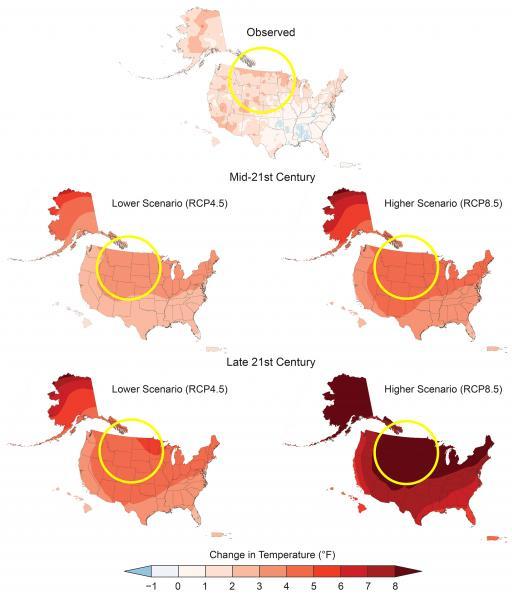Increased warming has also impacted the snow season, as higher temperatures have resulted in more rainfall rather than snowfall during the shoulder seasons. In the mountainous areas, changes in the snowpack and subsequent runoff have impacts on both the local and regional scales. Increased warming and earlier snowmelt is also causing earlier onset of spring and altering plant phenology (periodic biological responses, such as plant flowering). Looking to the future, we expect these trends to continue and their magnitude to increase.
The climate is not the only aspect of the Northern Great Plains that is changing. Major alterations to natural conditions have occurred in the region since the early 1800s, which have changed the water cycle and the way nutrients move through the land, water, and air. For instance, the water cycle has been greatly disrupted by the elimination of approximately 90 percent of the region’s beaver population. Removing beaver dams altered the water cycle process, reducing water stored in soil and increasing total runoff. Land use and management changes have also reduced water infiltration and increased runoff through soil degradation, via the loss of organic matter and soil structure. Much of the region’s grasslands have been converted to croplands, resulting in soil carbon loss.
Restoring balance, where appropriate, is critical to addressing challenges and changes attributed to climate. Below, you can learn more about these changes and their associated impacts, along with the ways in which the Northern Great Plains region is building resilience.
Hazards, Exposure, Vulnerability, and Risk
Learn more about the regional assets/resources/services of primary concern on these pages:
- Water | Warmer temperatures and the potential for more extreme rainfall events are very likely to exacerbate challenges to the region’s people, crops, livestock, ecosystems, and energy industries.
- Agriculture | Recently, agriculture has benefited from a longer frost-free season, yet has also been challenged by other climatic changes. Adaptation to extreme weather conditions and persistent climate changes will likely require transformative changes in agricultural management. Agricultural practices that reduce greenhouse gas emissions and sequester carbon are likely to prove valuable in climate change mitigation. Managing soil health is critical for climate adaptation through its ability to reduce flood and drought risks as well as soil erosion and atmospheric dust levels.
- Ecosystems and Biodiversity | Climate change has negatively affected ecosystems throughout the region. Climate-induced land use changes in agriculture has had cascading effects on closely entwined natural ecosystems and the diverse species they support.
- Recreation and Tourism | Rising temperatures have already resulted in shorter snow seasons, lower summer streamflows, higher stream temperatures, and more extreme wildfires, all of which bring important consequences for local economies that depend on winter or river-based recreational activities.
- Indigenous Peoples | Climate and hydrologic changes are already harming tribal economies, livelihoods, and sacred waters and plants used for ceremonies, medicine, and subsistence. Many tribes have been very proactive in adaptation and strategic climate change planning. Federal, tribal, and state governments as well as private organizations are undertaking preparedness and adaptation activities, such as scenario planning, transboundary collaboration, and development of market-based tools.
